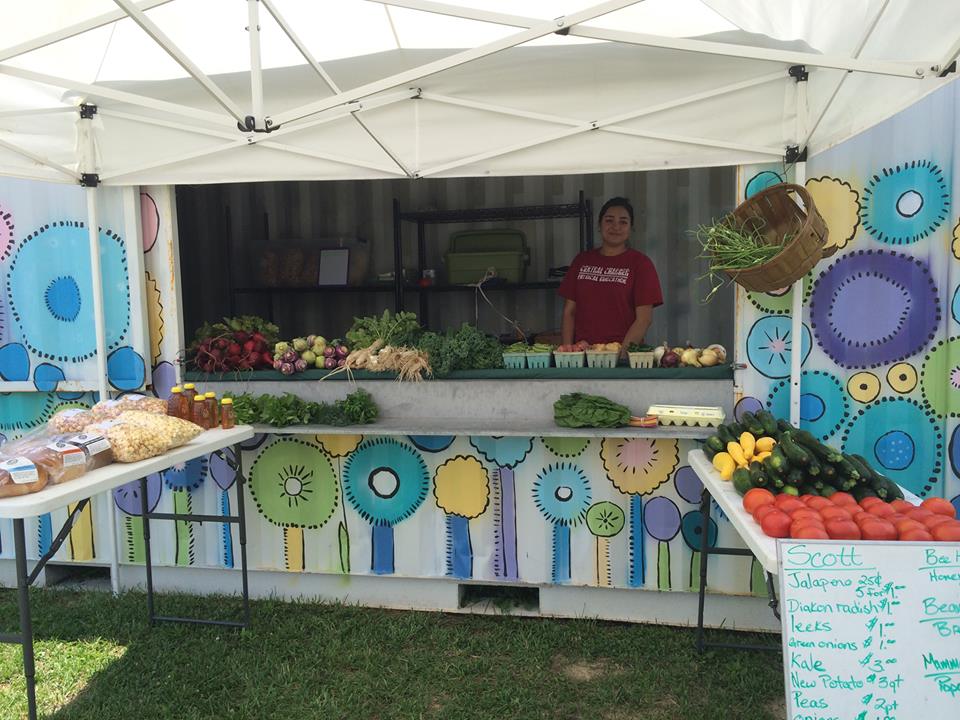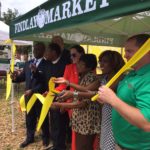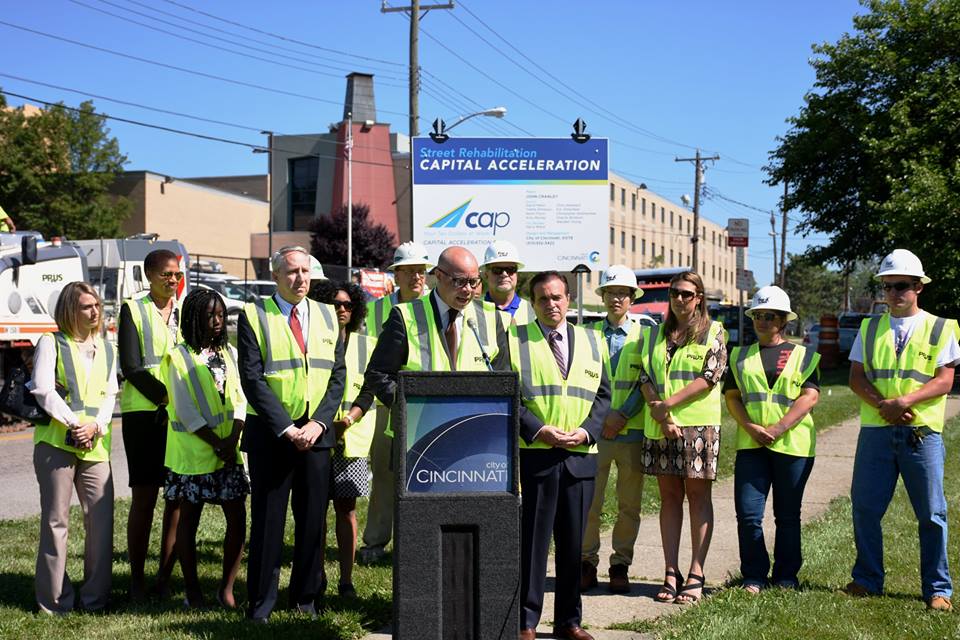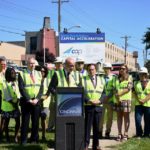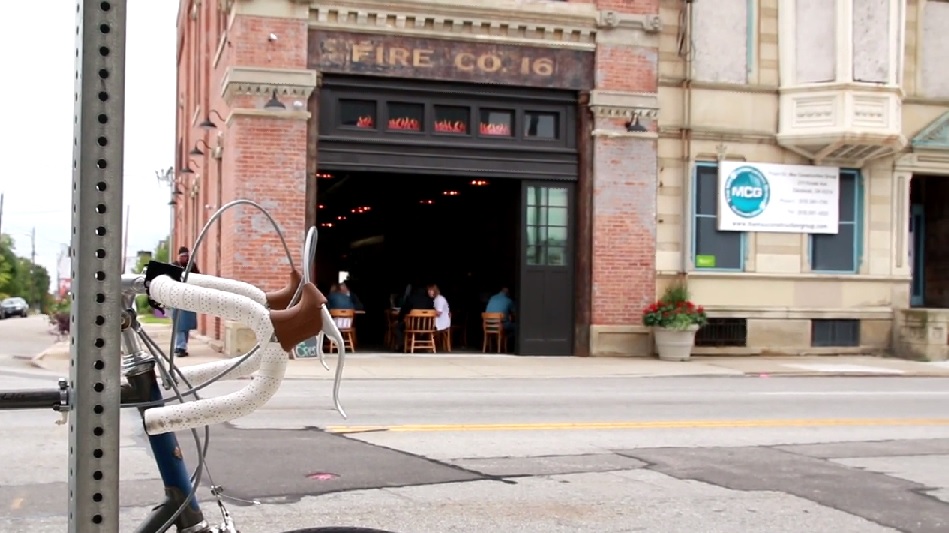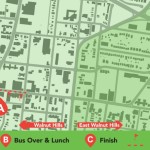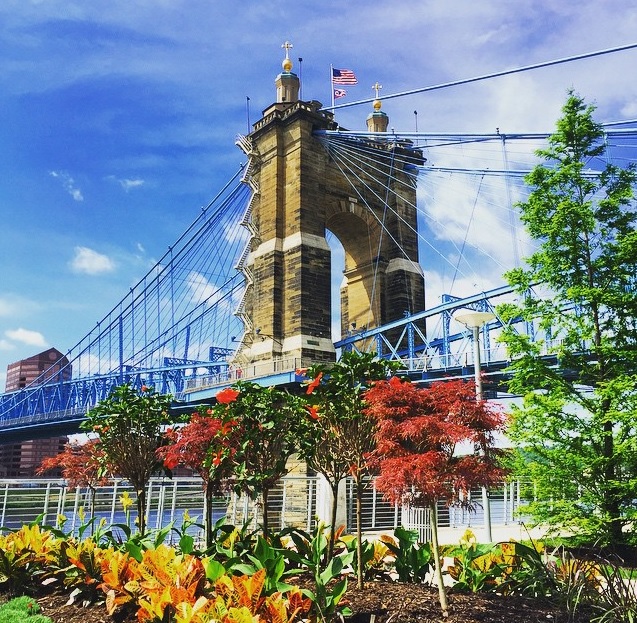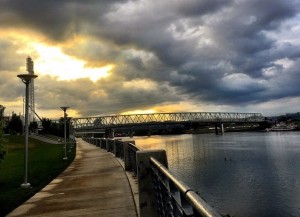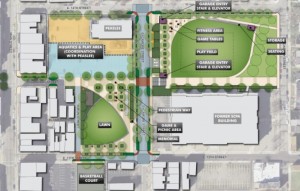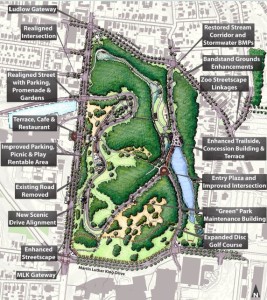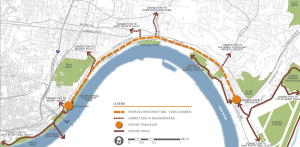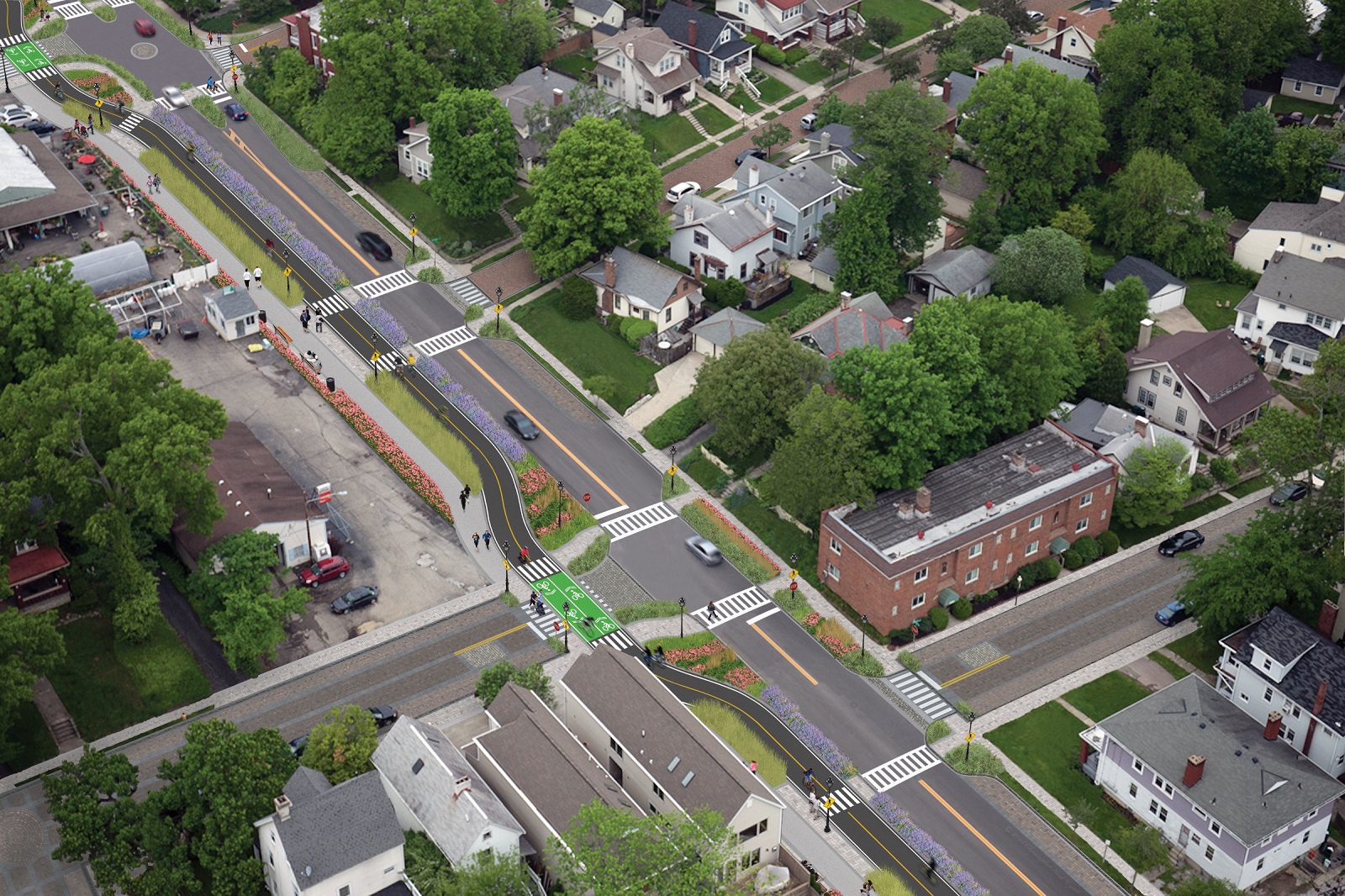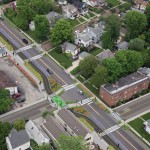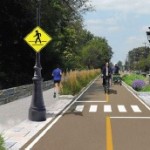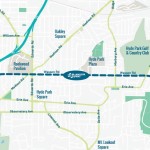Access to fresh, healthy foods has become an increasingly hot topic for discussion over recent years due to a rise in consumer interest.
The topic has become even more important for inner-city neighborhoods around the country, including in Cincinnati, that have been largely abandoned by traditional grocers and now lack easy access to these food options – even sparking official government programs meant to tackle such problems.
In line with this trend and in an effort to help address the situation, Findlay Market has been working to grow their reach and spread their product throughout the city over the past three years through the opening of seasonal farm stands in Walnut Hills, open every Wednesday from 4pm to 7pm, and East Price Hill, open every Tuesday from 3pm to 6pm.
And earlier this month, Findlay Market, in partnership with Dirt: A Modern Market, opened their third Farmstand in Evanston at 1614 Hewitt Avenue.
Kelly Lanser, Communications Manager for Findlay Market, says that the stand and will be open every Thursday, from 3pm to 6pm, until the end of October; and will be stocked with products from Dirt, Taste of Belgium, Mama Made It, and Em’s Sourdough Bread.
“We have been working closely with the Evanston Community Council, Xavier University, the Port Authority, and the City of Cincinnati to find the best location in the appropriate neighborhood,” Lanser told UrbanCincy.
The Farmstands are essentially miniature farmer’s markets that serve as an extension of Findlay Market by bringing products from the vendors at the historic market in Over-the-Rhine to other locations throughout the city.
Organizers of the Farmstand program see it as being a critical component for providing access to fresh, healthy foods to neighborhoods that might otherwise not have such options. An added benefit is that fact that the program also supports buying locally produced goods that ensures the consumer’s money will stay within the community.
To help make sure the fruits, vegetables and other products being sold at the farm stand are available for all members of the community, each location accepts the Ohio Direction Card/Electronic Benefits Transfer card; and to make it more affordable, Findlay Market is offering 2-for-1 incentive tokens to customers who use an Ohio Direction Card to purchase food.
“We are always open to launching Farmstands in new communities,” Lanser explained. “While we don’t have any definite new locations at this moment, we are always happy to speak with any neighborhood that is interested in opening one up.”
